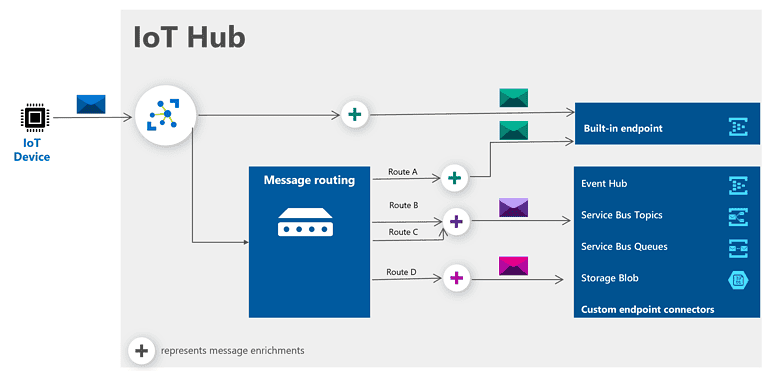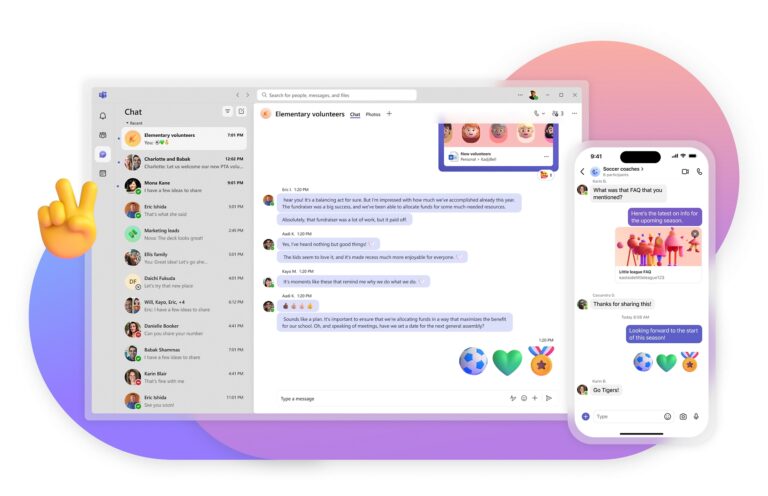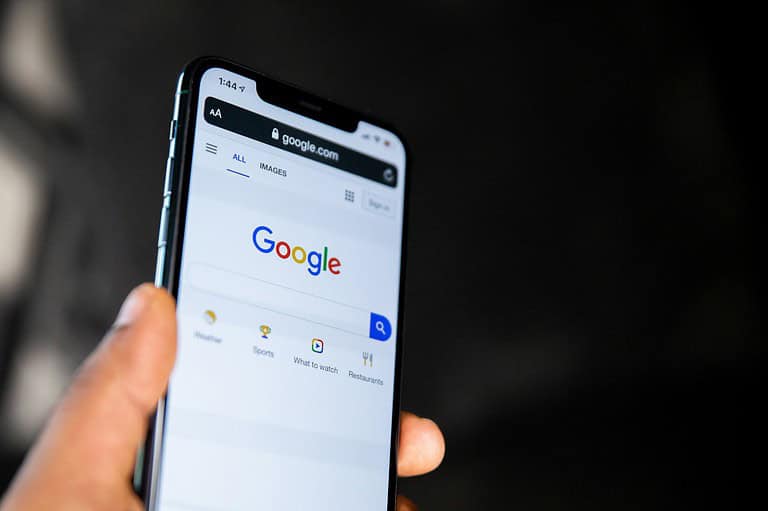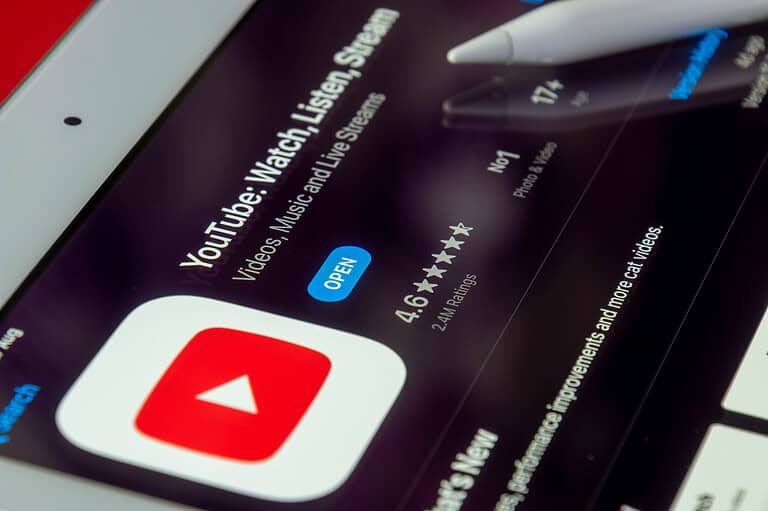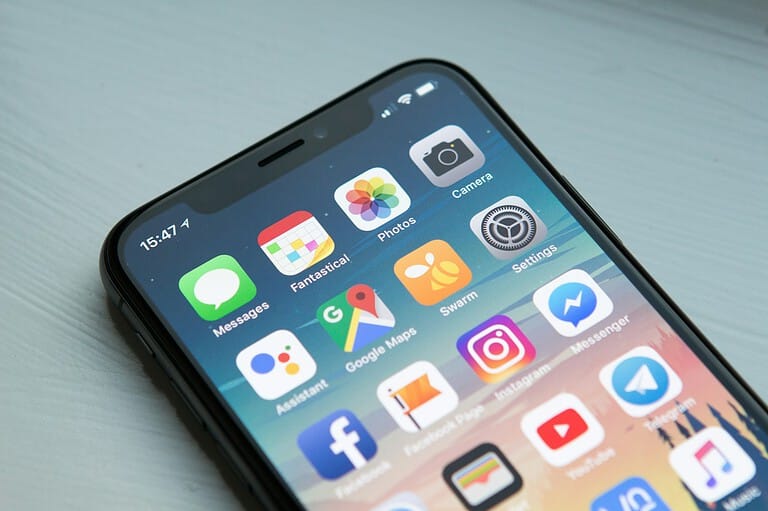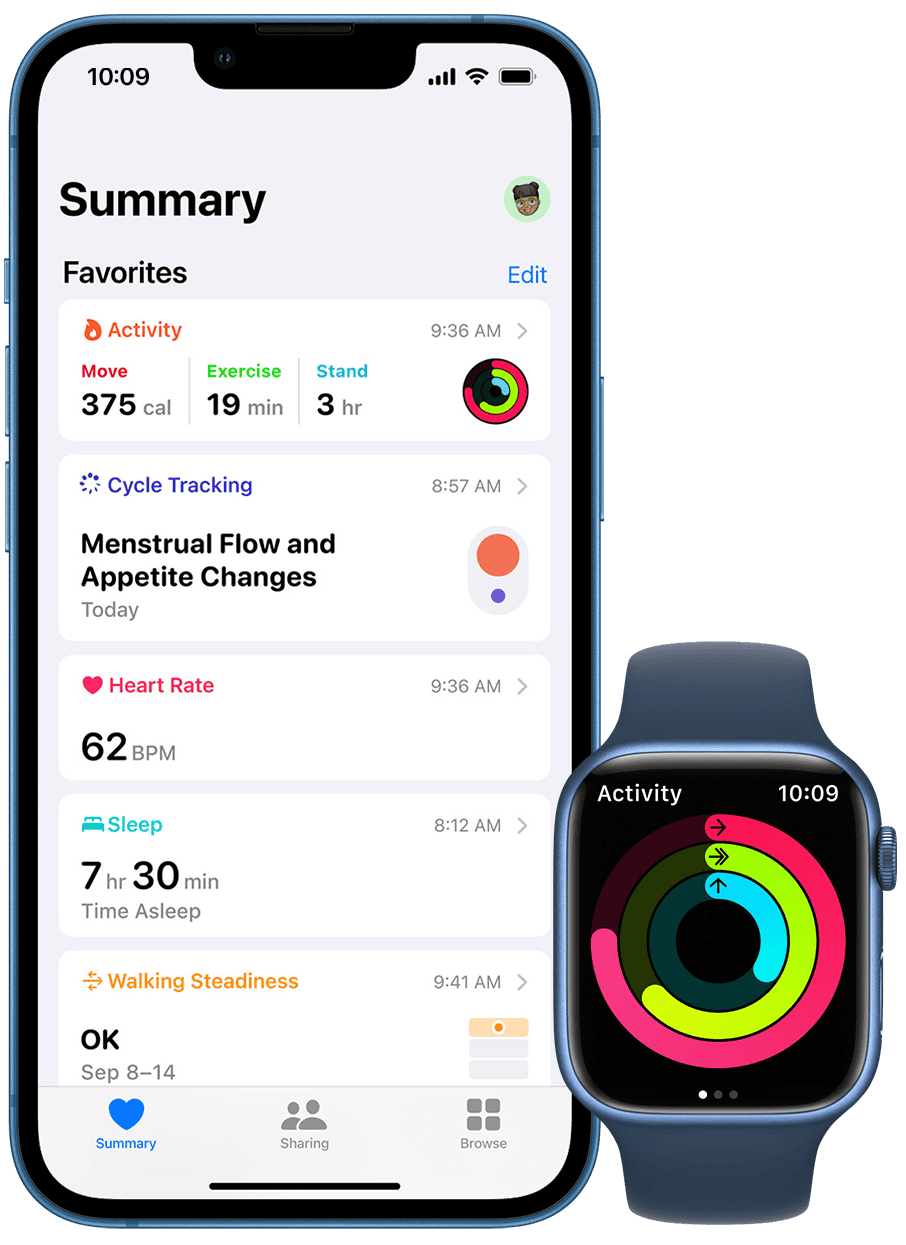
Your iPhone can interface with different hardware and software devices to monitor all sorts of health metrics for you. Among these, blood pressure apps & hardware have become very popular with iPhone users as a way to record, monitor, and analyze trends quickly and easily. Despite their convenience, the accuracy of iPhone blood pressure apps varies, with some experts advising caution.
While some apps can reliably sync with compatible blood pressure monitors and record detailed data, not all apps are FDA-approved. According to a small study, over three-quarters of users might get inaccurate readings from certain apps, such as the Instant Blood Pressure app. This inconsistency highlights the importance of using apps that have received proper validation and are recommended by healthcare providers.
Using blood pressure apps can be beneficial when integrated with accurate devices like the Omron or QardioArm monitors. These apps also enable users to import data into iOS platforms, providing a seamless user experience. However, it is critical to remember that despite their advanced features, these apps should supplement, not replace, professional medical advice.
iPhone Blood Pressure App Accuracy: Separating Fact from Fiction
Current iPhone Capabilities
There’s no built-in iPhone app to directly measure blood pressure. While the Health app can store readings, it relies on external devices or manual input. Some apps claim to estimate blood pressure using the phone’s camera and light, but these are not medically validated.
Why iPhones Don’t Measure Blood Pressure (Yet)
Accurate blood pressure measurement needs specialized hardware, like an inflatable cuff. This technology doesn’t fit into a slim smartphone design. Research is ongoing to use sensors and algorithms for cuffless measurement, but it’s not commercially reliable yet.
Apps That *Claim* to Measure Blood Pressure
Several apps in the App Store boast blood pressure measurement, often using the phone’s camera to detect pulse. However, this is only one factor, and the results are often inaccurate compared to a traditional cuff. These should not replace doctor-recommended monitoring.
Potential Risks of Unreliable Apps
- False reassurance: A low reading from an inaccurate app may lead someone to ignore real hypertension.
- Unnecessary worry: A high reading may cause undue stress and unnecessary medical visits.
- Delaying proper treatment: Relying on apps instead of proper medical advice can worsen existing conditions.
How iPhones *Can* Help with Blood Pressure
While not measuring it directly, iPhones are useful for:
- Tracking: Manual entry of readings into the Health app helps spot trends over time.
- Reminders: Set alarms to take medication or measure blood pressure regularly.
- Information: Access reliable resources on hypertension, its risks, and management.
- Connecting with doctors: Share data from the Health app with healthcare providers for informed decisions.
Comparison Table: iPhone Blood Pressure Apps vs. Traditional Cuffs
| Feature | iPhone Apps | Traditional Cuffs |
|---|---|---|
| Accuracy | Low to moderate | High |
| Convenience | High | Moderate |
| Cost | Free to low cost | Moderate to high |
| Medical validation | Generally not validated | Validated by medical professionals |
| Purpose | Mainly for tracking and information | For accurate diagnosis and monitoring |
The Future of Blood Pressure on iPhones
Apple is researching cuffless blood pressure measurement, potentially integrating it into future Apple Watches. This could revolutionize how people monitor their health, but until then, traditional methods remain the gold standard.
Key Takeaways
- Blood pressure apps’ accuracy can vary significantly.
- It’s important to use apps paired with FDA-approved devices.
- Always consult with a healthcare provider for accurate blood pressure readings.
Accuracy and Validation
Understanding the accuracy of iPhone blood pressure apps involves examining clinical validation, comparing them with standard blood pressure monitors, and analyzing the algorithms used for heart rate and blood pressure estimation.
Clinical Validation and FDA Approval
iPhone blood pressure apps need clinical validation to ensure reliable use. Some apps, like the OptiBP app, have been tested and met the validation criteria set by the American Heart Association and the Association for the Advancement of Medical Instrumentation. This indicates these apps can provide accurate readings under specific conditions.
However, not all apps meet these standards. Many lack FDA approval, which is a critical benchmark for medical devices. FDA-cleared devices, like the iHealth blood pressure monitor, undergo rigorous testing to confirm their accuracy and safety. Seeing the FDA clearance ensures that the device complies with medical-grade standards, offering more reliable readings.
Comparison with Standard Blood Pressure Monitors
When compared to standard blood pressure monitors, many iPhone apps fall short. Traditional monitors, such as the Omron and QardioArm Smart Blood Pressure Monitor, use a blood pressure cuff to measure systolic and diastolic pressure accurately. These devices are often validated by clinical studies and trusted by healthcare professionals.
Studies show that some iPhone apps, like the Instant Blood Pressure app, can give misleading results. Over three-quarters of users may receive falsely reassuring readings. Hence, while these apps can be convenient, they may not replace the reliability of standard devices. For critical health monitoring, traditional blood pressure monitors are still preferred.
Heart Rate and Blood Pressure Algorithms
The reliability of iPhone blood pressure apps hinges on the algorithms they use. Many apps estimate blood pressure by analyzing heart rate and other physiological signals. For example, some rely on the hemodynamic Ohm’s law, where cardiac output and total peripheral resistance help estimate mean blood pressure, as noted in the Yamakoshi et al. study.
These algorithms vary significantly in accuracy. Apps that require user input for factors like height and weight can help improve estimation accuracy. Nevertheless, without proper clinical validation, the variations in algorithms can lead to inconsistent and inaccurate readings. Accurate algorithms are crucial for transforming any smartphone into a reliable monitoring tool.
Usage and Integration
The iPhone blood pressure app uses a blend of technology and user-friendly features. It connects with healthcare systems, ensures data privacy, and helps monitor health trends.
Integrating with Health Ecosystems
The iPhone blood pressure app integrates seamlessly with iOS and HealthKit. This compatibility allows users to sync their blood pressure data with other health metrics like exercise, nutrition, and sleep.
Connection via Bluetooth is essential for smart blood pressure monitors like QardioArm and Withings BPM. These devices send accurate readings directly to the app. Users can then review their metrics in Apple Health, making it easy to track and compare different health indicators.
Data Sharing and Privacy
Data privacy is crucial for users. The iPhone blood pressure app prioritizes data security by offering users control over their information. Users decide what data to share and with whom. This includes sharing with healthcare providers when needed.
The app ensures compliance with privacy regulations, protecting sensitive health data. Users can rest assured that their information remains secure. This feature builds trust and encourages users to monitor their health regularly without worrying about data breaches.
Monitoring Trends and Lifestyle Impact
Tracking long-term data helps in identifying health trends. The app allows users to see how factors like exercise, nutrition, and stress levels impact their blood pressure. This makes it possible to make informed lifestyle changes.
Regular monitoring can also highlight how well users follow health advice from healthcare providers. Adjusting habits based on data from the app can lead to better health outcomes. Additionally, users can set goals and reminders, helping them stick to a healthier lifestyle. This kind of proactive health management is valuable for overall well-being.
Frequently Asked Questions
This section addresses common inquiries about the accuracy and use of iPhone blood pressure apps. Topics include precision, recommended applications, scientific validation, usage methods, desired features, and smartwatch compatibility.
What is the level of precision for blood pressure monitoring apps on smartphones?
The precision of blood pressure monitoring apps can vary. Some apps offer reliable readings similar to traditional devices. However, verification with a medical-grade device is recommended.
Which application for monitoring blood pressure is recommended for iPhone users?
Blood Pressure Monitor by Taconic System LLC, with a rating of 4.6 stars on the Apple App Store, is highly recommended for its accuracy and user-friendly interface. Other popular options include SmartBP and Qardio.
Are there scientifically validated blood pressure applications available?
Yes, some blood pressure apps are scientifically validated. For instance, OptiBP, endorsed by WHO, uses an algorithm-based approach to estimate blood pressure by reading optical pulse waves through the phone’s camera.
How can users gauge their blood pressure using a mobile application?
Users should download a reliable blood pressure monitoring app, connect their iPhone to a compatible blood pressure cuff, and follow the app’s instructions to measure their blood pressure accurately.
What features should be looked for in a reliable blood pressure monitoring app?
A reliable app should have positive user reviews, accuracy verified by studies, an intuitive interface, and the capability to track various health metrics. Additionally, it should allow easy sharing of data with healthcare providers.
Can smartwatches paired with iPhones accurately measure blood pressure?
Some smartwatches can measure blood pressure when paired with an iPhone. However, their accuracy can vary, and they should not replace medical-grade devices for clinical measurements.

